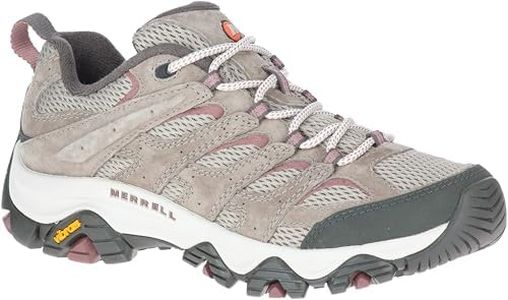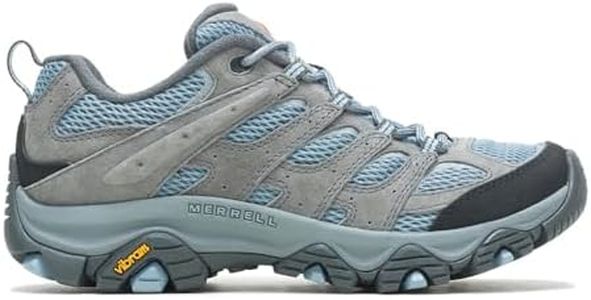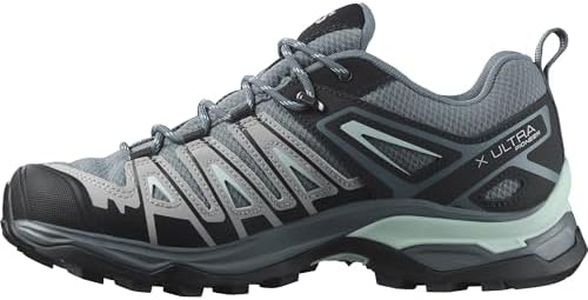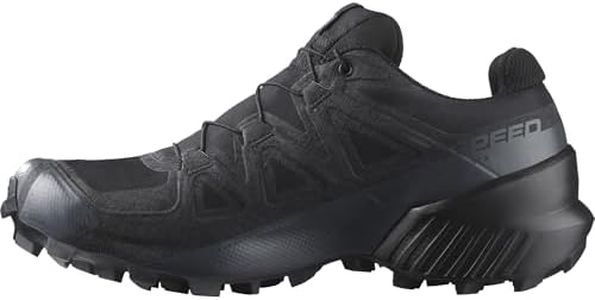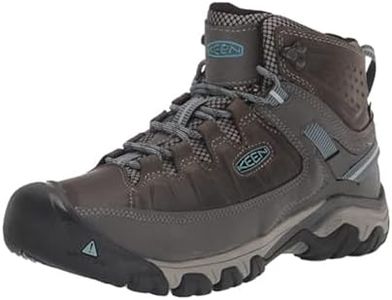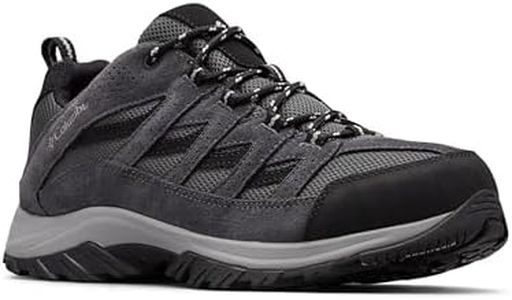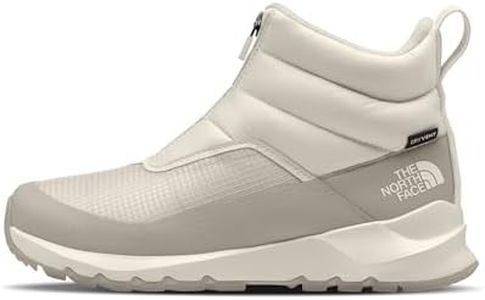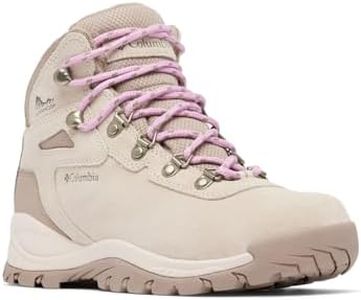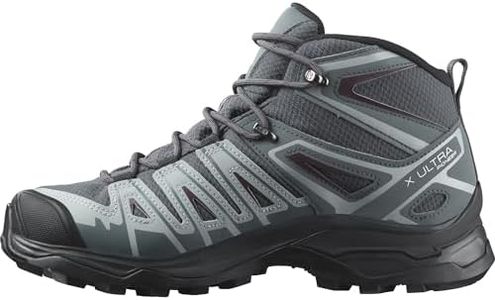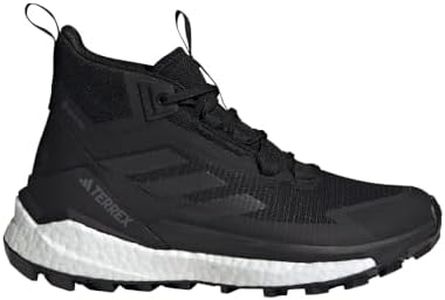We Use CookiesWe use cookies to enhance the security, performance,
functionality and for analytical and promotional activities. By continuing to browse this site you
are agreeing to our privacy policy
10 Best Women's Hiking Shoes
From leading brands and best sellers available on the web.Buying Guide for the Best Women's Hiking Shoes
Choosing the right women's hiking shoes can make your outdoor adventures more comfortable and enjoyable. The best pair should protect your feet, support your hiking style, and be suitable for the terrain you plan to tackle. Instead of focusing just on looks, it's important to consider the specific features that match your hiking needs. Think about how far you'll go, weather conditions, the types of trails, and your foot shape. Understanding the key features will help you find a pair that keeps you happy on the trail.Fit & ComfortFit and comfort are crucial because they prevent blisters and soreness and keep your feet secure during hikes. Hiking shoes usually fit snug but not tight, with enough room for your toes to move. Shoelace systems and shoe construction affect how they adapt to your foot shape. When considering fit, think about if your feet are narrow or wide, have high arches, or need extra cushioning. It's always best to try them on with hiking socks to ensure the most realistic fit for long treks.
Support & StabilitySupport and stability refer to how well the shoe keeps your foot steady, especially on uneven or rough trails. This depends on how stiff the midsole is and the amount of ankle support provided. Low-cut shoes are lighter but offer less ankle support, making them good for smooth, short trails. Mid or high-cut shoes give more ankle stability and are better for rocky or unstable ground. Consider what kind of terrain you'll face to decide if you need extra support.
TractionTraction determines how well the shoe grips the ground, which is essential for preventing slips. This comes from the design and material of the outsole, especially the pattern and depth of the lugs (the bumps and grooves on the bottom). Shoes with deeper, aggressive lugs provide better grip on muddy and loose surfaces, while shallower lugs are best for dry, solid trails. Choose the traction level based on whether you'll be hiking in wet, muddy, rocky, or mostly dry areas.
Breathability & WaterproofingBreathability and waterproofing affect how well your feet stay dry and comfortable in different weather. Breathable shoes, made from mesh or light materials, are good for hot conditions as they let sweat escape and keep feet cool. Waterproof shoes use special membranes to block moisture but may trap warmth and sweat, which can be less comfortable in hot weather. Pick breathable shoes for dry, hot climates, and waterproof ones if you expect rain, wet grass, or stream crossings.
WeightWeight is important because lighter shoes make walking easier and reduce fatigue on long hikes. Lightweight shoes are comfortable and great for fast hiking or easy terrain, but they might have less support and protection. Heavier shoes usually offer more durability, stability, and protection but may feel bulky on simple trails. Consider the balance between wanting to move fast and the need for support and durability based on your hiking plans.
Durability & ProtectionDurability and protection come from the materials and design of the shoe, ensuring it holds up to rough use and keeps your feet safe from rocks, roots, and sharp objects. Durable shoes often have reinforced toes and sturdier materials, making them suitable for frequent hiking or rugged terrain. If you hike rarely or mainly on gentle paths, you may not need maximum durability, but if you enjoy tough or technical trails, choose shoes built to last and protect.


